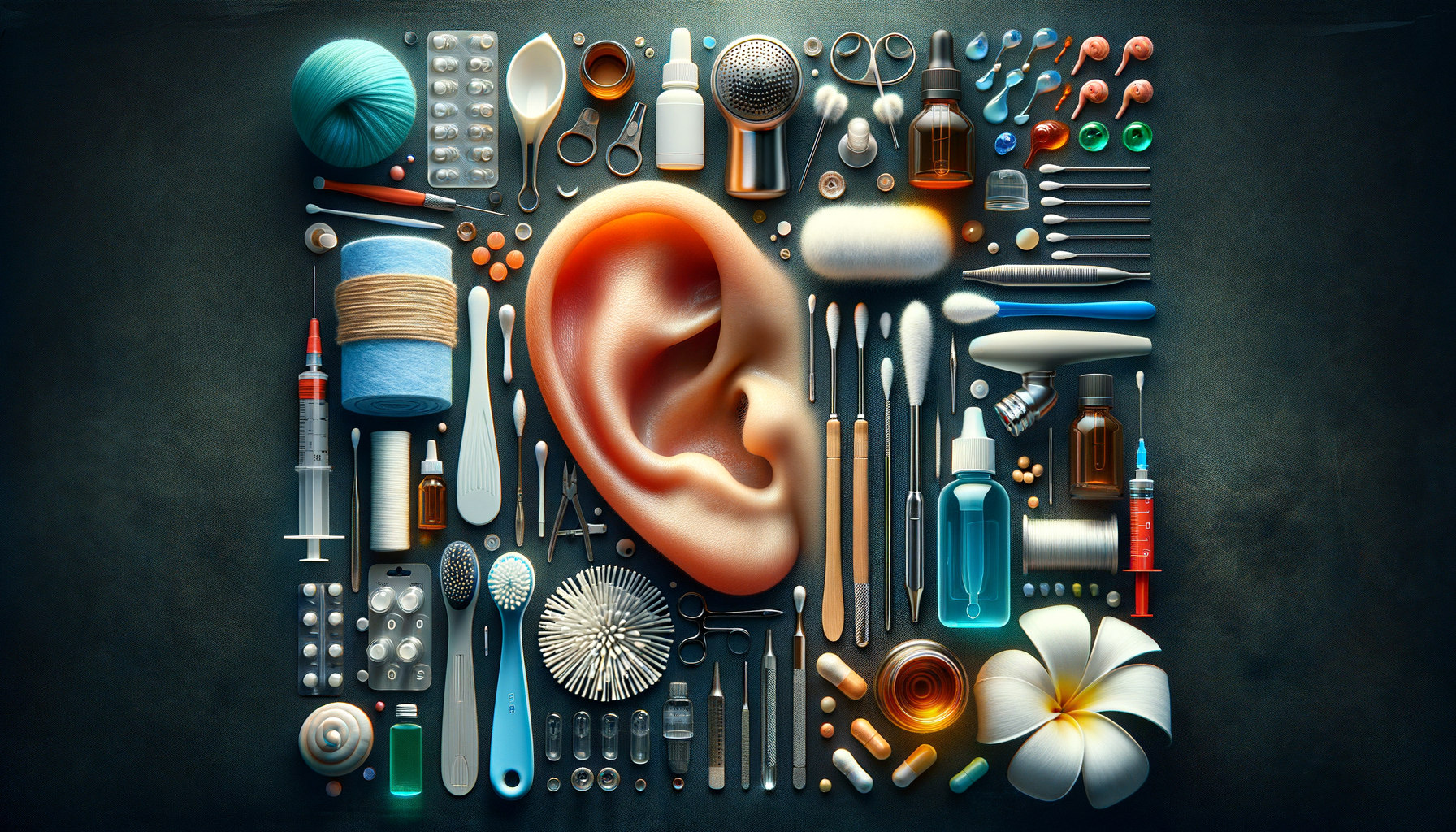
Safe and Simple Guide to Managing Ear Wax Buildup at Home and When to See a Professional
Understanding Ear Wax: What It Is and Why It Matters
Ear wax, or cerumen, is a naturally occurring substance in the ear canal that plays a crucial role in ear health. It acts as a protective barrier, trapping dust, debris, and microorganisms, preventing them from reaching the inner ear. This waxy substance also has antibacterial properties, reducing the risk of infections. While ear wax is beneficial, excessive buildup can lead to discomfort, hearing issues, and even infections if not managed properly.
Ear wax is produced by glands in the ear canal and is typically expelled naturally. However, some individuals may experience excessive production or improper expulsion, leading to accumulation. Common symptoms of ear wax buildup include earache, tinnitus, partial hearing loss, and a sensation of fullness in the ear. Understanding the causes and symptoms of ear wax buildup is essential for effective management and prevention.
Several factors can contribute to excessive ear wax, including the use of hearing aids, frequent use of earphones, or having a naturally narrow or hairy ear canal. Additionally, improper cleaning methods, such as using cotton swabs, can push wax deeper into the ear canal, exacerbating the problem. Recognizing these factors can help in adopting preventive measures and ensuring healthy ear hygiene.
Home Remedies for Ear Wax Removal: What Works and What Doesn’t
When it comes to managing ear wax buildup at home, several methods can be effective, while others may pose risks. One of the most common home remedies is the use of over-the-counter ear drops designed to soften and break down ear wax. These drops often contain ingredients like hydrogen peroxide or carbamide peroxide, which help to dissolve the wax, making it easier to remove naturally.
Another popular method is the use of warm water irrigation. This involves gently flushing the ear canal with warm water using a bulb syringe, which can help dislodge and remove softened wax. It is crucial to ensure the water is at body temperature to prevent dizziness or discomfort. While effective for many, this method may not be suitable for individuals with a history of ear infections or perforated eardrums.
Despite their popularity, some home remedies should be approached with caution. For instance, ear candling, a technique that involves placing a lit, hollow candle in the ear canal, is not recommended. This method has been associated with risks such as burns, ear canal blockages, and even punctured eardrums. It is essential to prioritize safety and consult a healthcare professional if unsure about any home remedy.
Safe Ear Cleaning Methods: Tips and Techniques
Maintaining ear hygiene is important, but it is equally crucial to use safe cleaning methods to avoid causing harm. One of the safest ways to clean the ears is by letting them clean themselves. The ear canal is self-cleaning, and regular washing of the outer ear with a damp cloth is often sufficient for most people.
For those who experience regular ear wax buildup, using ear drops as a preventive measure can be beneficial. These drops help maintain the ear canal’s natural balance and prevent excessive wax accumulation. It’s important to follow the instructions provided with any ear care product and avoid overuse, which can lead to irritation.
Another safe practice is to avoid inserting objects like cotton swabs or hairpins into the ear canal. These items can push wax further into the ear or even cause injury. Instead, gently clean the outer ear and allow the ear canal to manage wax naturally. If you experience persistent issues with ear wax, consult a healthcare professional for advice tailored to your needs.
When to Seek Professional Help for Ear Wax Issues
While many cases of ear wax buildup can be managed at home, there are situations where professional assistance is necessary. If you experience severe pain, hearing loss, or signs of an ear infection such as fever or drainage, it is important to seek medical attention promptly. These symptoms may indicate a more serious underlying condition that requires professional evaluation and treatment.
Healthcare professionals, such as audiologists or ENT specialists, can perform safe and effective ear wax removal procedures. These methods may include microsuction, where a small device is used to suction out the wax, or manual removal using specialized instruments. These procedures are performed under direct visualization, minimizing the risk of injury to the ear canal.
Regular check-ups with a healthcare provider can also help monitor ear health and prevent complications related to ear wax buildup. If you are prone to excessive wax production, your healthcare provider may recommend periodic cleanings or specific products to manage the condition. Professional guidance ensures that your ear health is maintained without the risks associated with improper home treatments.
Preventive Care: Tips for Healthy Ear Hygiene
Prevention is key to managing ear wax buildup and maintaining overall ear health. One effective strategy is to limit the use of earbuds and headphones, which can contribute to wax compaction and increase the risk of buildup. Opt for over-ear headphones when possible, and ensure that any devices used in the ear are clean and well-maintained.
Incorporating regular ear hygiene practices into your routine can also be beneficial. This includes washing the outer ear with a gentle cleanser and avoiding the insertion of any objects into the ear canal. If you use hearing aids, ensure they are cleaned regularly to prevent wax accumulation and maintain optimal function.
Diet and hydration can also play a role in ear health. Staying hydrated helps maintain the natural moisture balance in the ear canal, which can prevent excessive wax production. A balanced diet rich in vitamins and minerals supports overall health, including ear health. By adopting these preventive measures, you can reduce the likelihood of ear wax buildup and promote healthy ears.